
11 Reasons Why You Have Red Dots On Your Skin
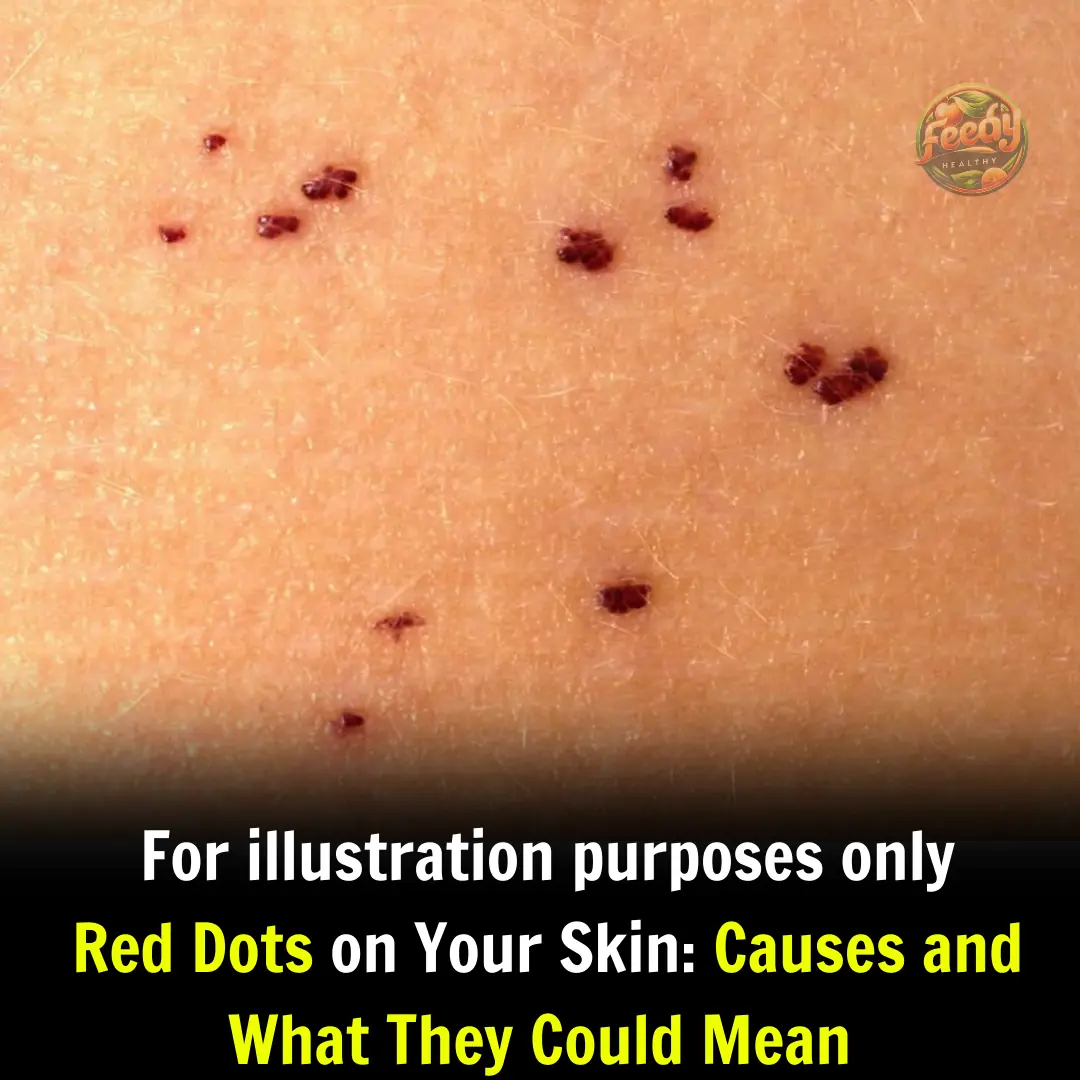
Red Dots on Your Skin? Here Are 11 Possible Reasons You Should Know
Have you ever spotted small red dots on your skin and wondered what they mean? While it’s easy to jump to conclusions, not every red spot is cause for alarm. These marks can be linked to a wide range of causes — from harmless skin reactions to more serious health concerns. Let’s take a look at 11 common reasons why red dots appear on your skin, what they might indicate, and when it’s time to seek medical advice.
1. Contact Dermatitis
This itchy, red rash develops when your skin reacts to something it touches — like soaps, plants, or metals. Symptoms may include redness, swelling, and flaking. Identifying and avoiding the irritant is key to preventing flare-ups.
2. Cherry Angiomas
These small, bright red or purple bumps are made up of dilated blood vessels and are often found on the torso. They’re harmless and common as we age — especially after 30. Unless they bleed or change suddenly, there’s usually no cause for concern.
3. Swimmer’s Itch
If you’ve spent time in contaminated water and notice itchy red bumps afterward, you might have Swimmer’s Itch, a skin reaction caused by a parasite. The rash usually goes away on its own, but antihistamines or steroid creams can help relieve the itch.
4. Heat Rash (Miliaria)
Also known as "prickly heat," this occurs when sweat glands become blocked. The result? Tiny red, itchy bumps — often on areas that get sweaty like your neck, chest, and armpits. It’s more common in hot, humid weather and typically resolves on its own.
5. Drug Reactions
Certain medications can trigger allergic skin reactions, which may show up as red spots or hives. Some reactions are mild, but others can be severe and require immediate medical attention. Always speak with your doctor if you suspect a medication is causing a rash.
6. Atopic Dermatitis (Eczema)
This chronic condition is often seen in young children but can affect adults too. Eczema causes dry, itchy patches that may become red or inflamed. Treatments include moisturizers, antihistamines, and topical corticosteroids to control flare-ups.
7. Pityriasis Rosea
This harmless skin condition usually begins with one large pink or red patch, followed by smaller scaly spots that may spread across your back, chest, or abdomen. It typically clears up in 6–8 weeks without treatment, but antihistamines can ease the itch.
8. Blood Spots (Purpura)
When small blood vessels break beneath the skin, they create red or purple dots known as purpura. While sometimes harmless, widespread purpura may signal an underlying blood or clotting disorder and should be evaluated by a doctor.
9. Ringworm (Tinea Corporis)
Don’t be fooled by the name — ringworm is actually a fungal infection, not a parasite. It appears as red, ring-shaped patches with clear centers. It spreads through skin contact and shared items, but is easily treated with antifungal creams.
10. Psoriasis
This autoimmune condition speeds up the life cycle of skin cells, leading to red, scaly plaques, often on elbows, knees, or scalp. It may flare up due to stress, infections, or cold weather. Treatments range from topical creams to light therapy or medication.
11. Lichen Planus
This condition results in flat-topped, purplish-red bumps that can be itchy and may affect your wrists, ankles, or even your mouth. The cause is unclear, though it may be linked to immune or allergic reactions. Prescription treatments can help manage symptoms.
Final Thoughts
Red dots on the skin are common and can stem from a variety of causes — most of which are treatable or temporary. However, pay attention to symptoms like fever, swelling, pain, or spreading rashes. If anything feels unusual or persistent, don’t hesitate to consult a healthcare provider. Your skin is your body’s largest organ — and sometimes, it’s the first to alert you that something’s off.
News in the same category


Even the flies thought he was dead – his amazing recovery will make you cry

More people are dying from heart failure, doctors warn: give up these 4 habits now

‘Mutant deer’ with bubble skin sparks outbreak fears in US

Cat, who ran into burning building five times to save her babies, is honored

Study Finds Fathers’ Involvement Key to Boosting Children’s Academic Success

“Nobody noticed”: 9-year-old lived alone for 2 years, fed himself, and kept good grade

Bear Caesar is finally free after having spent years locked in a torture vest

Oxford Scientists Create “Superfood” to Save Honeybees From Collapse

Popular shampoo recalled over deadly bacteria risk

9-year-old dies after dental procedure

How Learning Music Shapes Young Minds

Bedtime Stories: A Simple Ritual With Lifelong Benefits

Chrysalis: Humanity’s 36-Mile-Long Generation Ship Concept to Reach Proxima Centauri

Cryonic preservation: 50 years later

A Dog’s Unfinished Dream of Happiness Finally Comes True

From Abandoned to Adored: Amber the Puppy’s Journey to Hope and a Fresh Start!

From Stray on the Streets to Shining Star: Sam’s Inspiring Recovery Journey

Chimpanzee has the sweetest reaction after seeing the sky for the first time after life of captivity

Researchers Explore Potential Dementia Risk Linked to Gabapentin
News Post
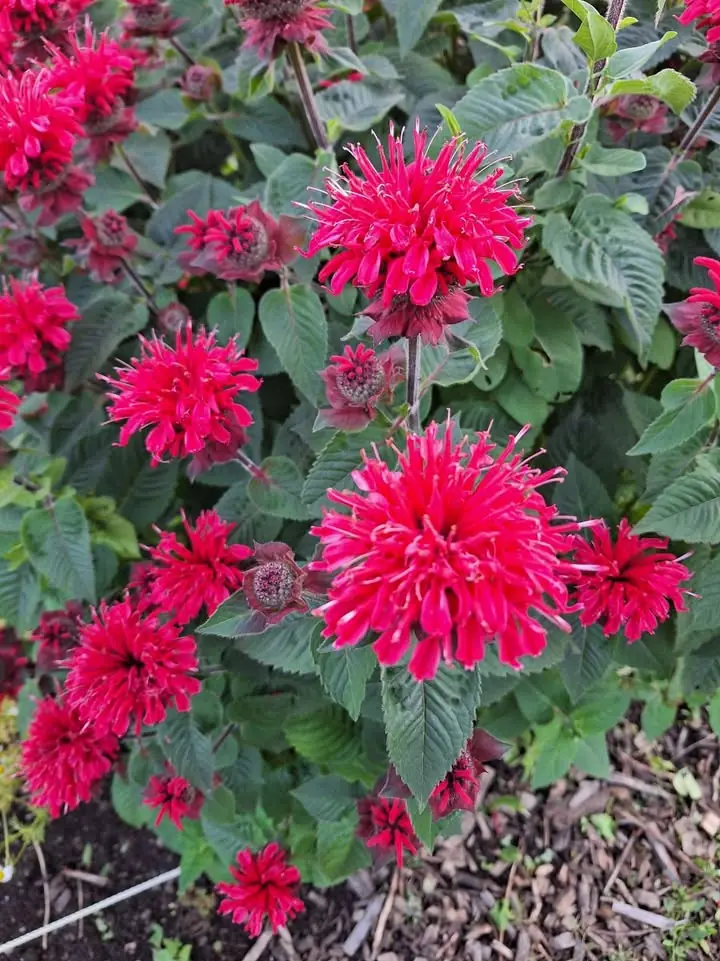
All gardeners should grow this native perennial. Here's why
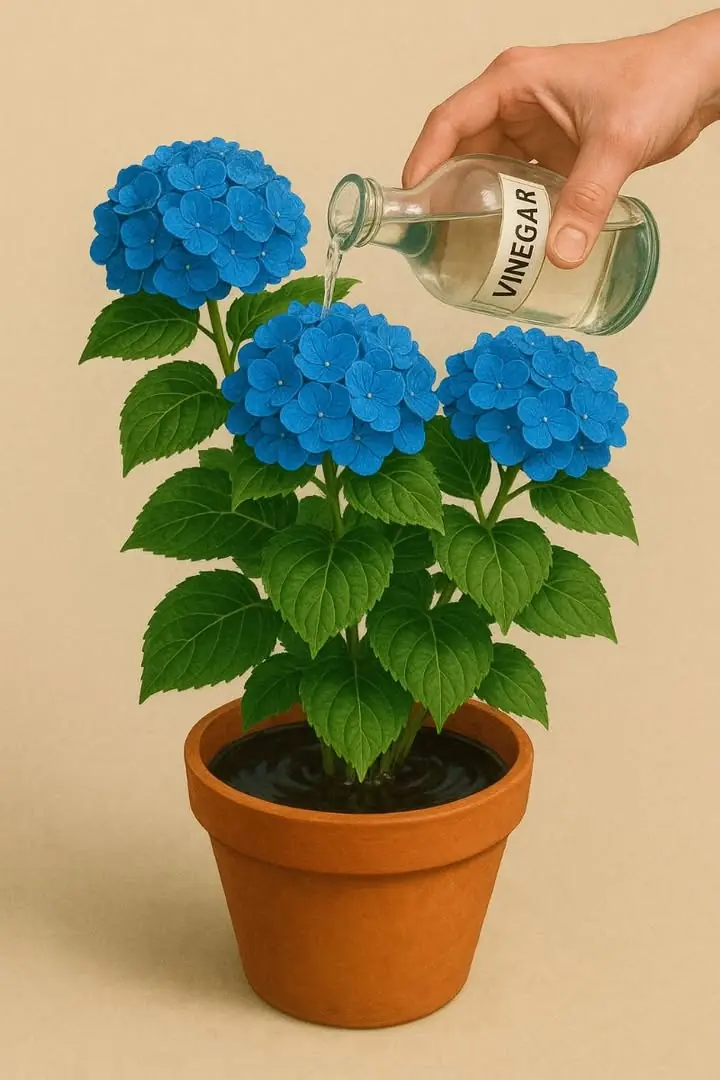
Vinegar makes hydrangeas bloom and bluer? 13 best garden hacks most don’t know

Maintenance worker finds starving dog and rushes to help: when vet lifts its paw, tears flow

Spain’s Vortex Bladeless Reinvents Wind Power with Blade-Free Turbines

Japan’s Vending Machines Equipped to Save Lives During Earthquakes
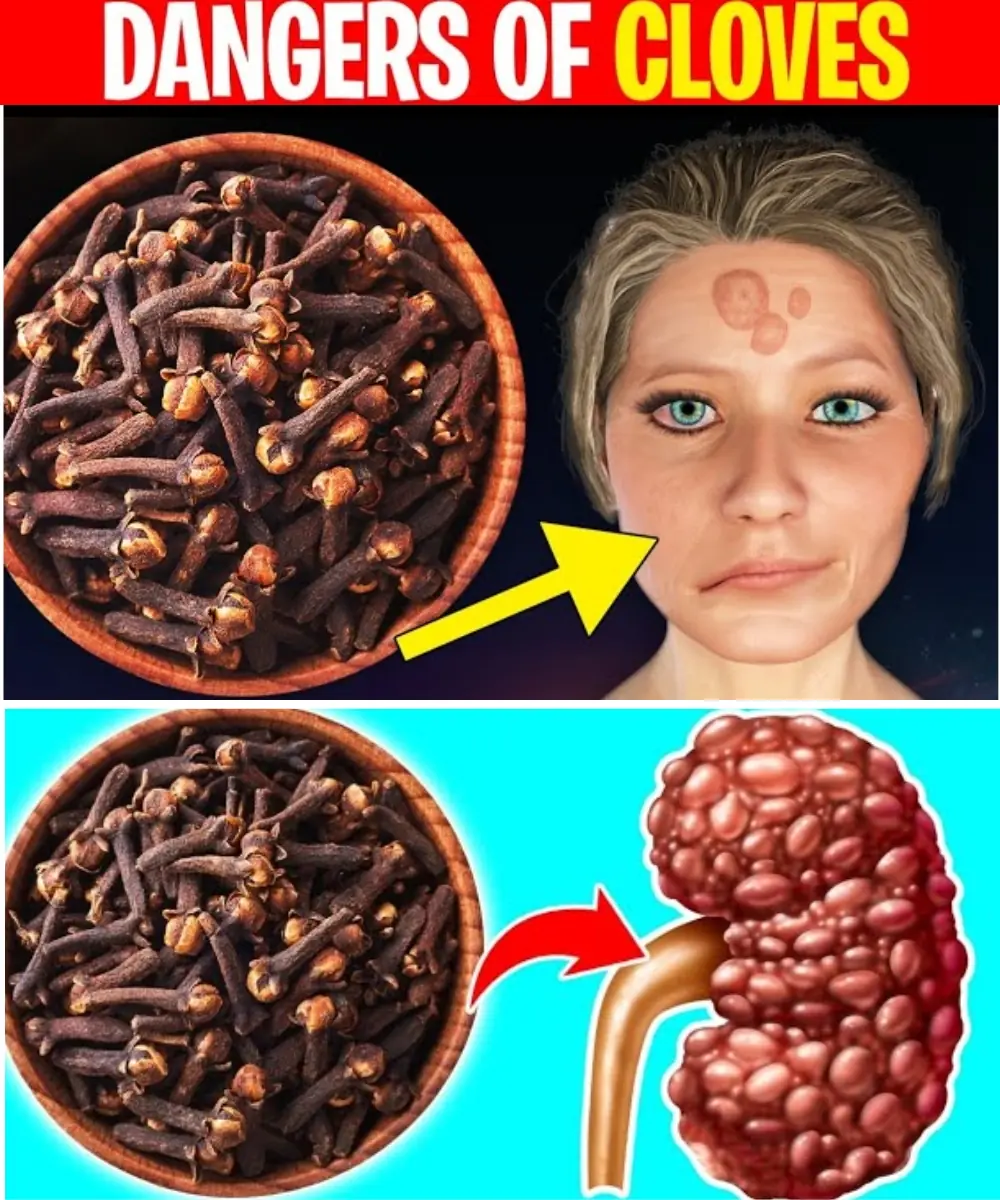
❗Avoid Cloves If You Have These Health Issues – What Doctors Rarely Warn You About
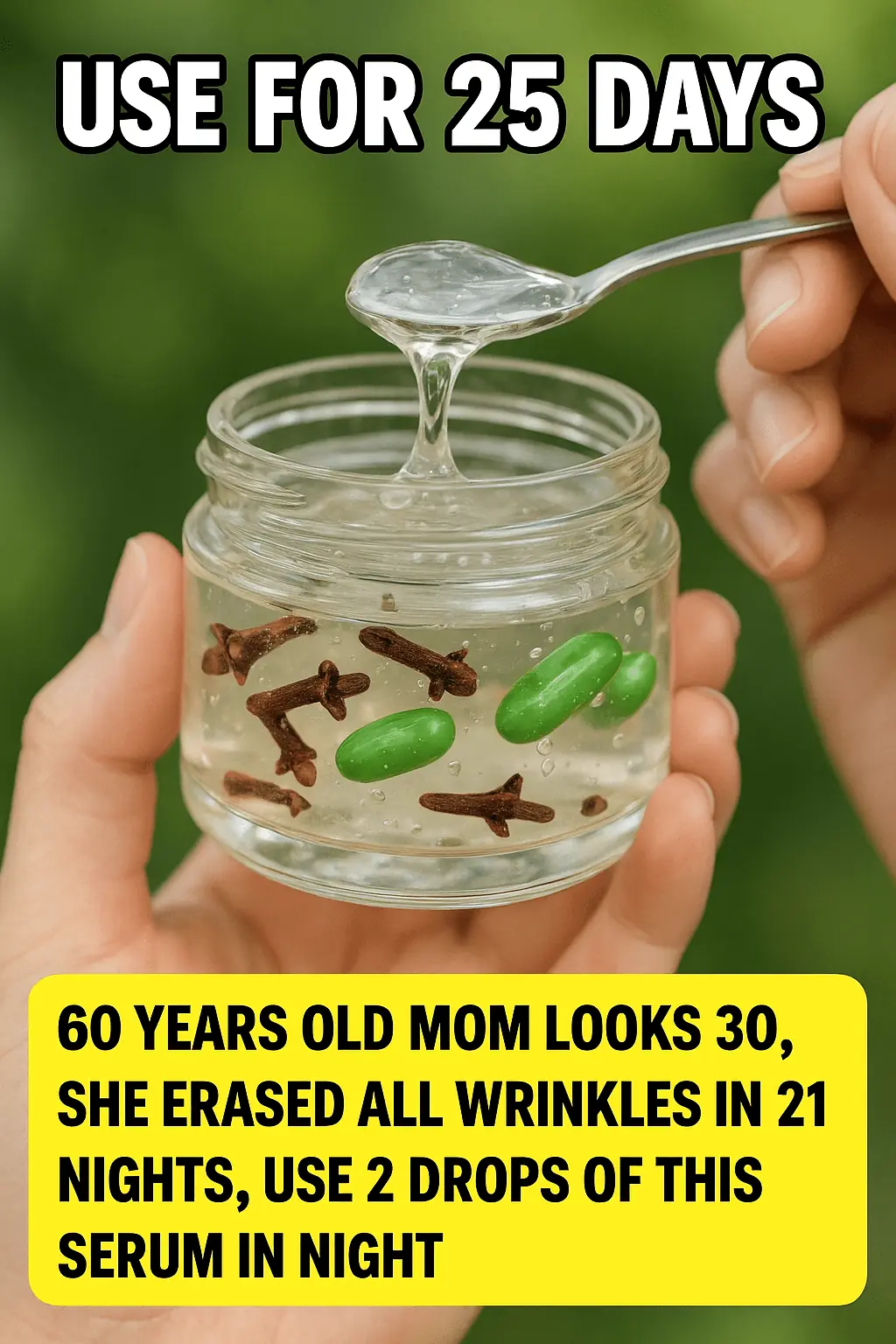
DIY Clove Wrinkle Eraser Serum – Get Younger, Glowing Skin Naturally!
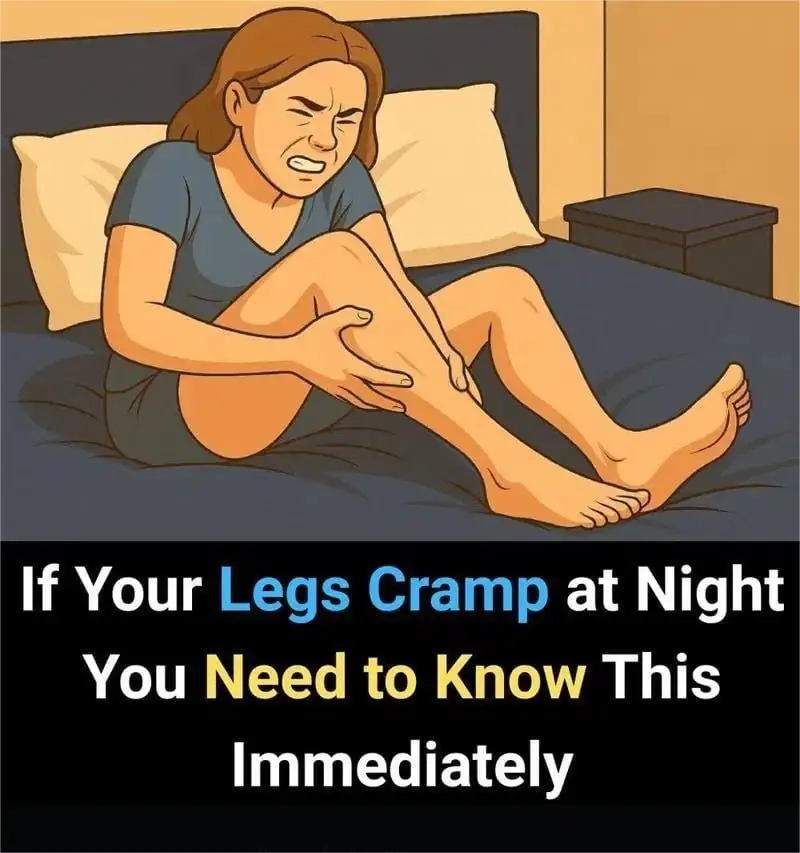
Why Your Legs Cramp At Night (And How to Fix It)
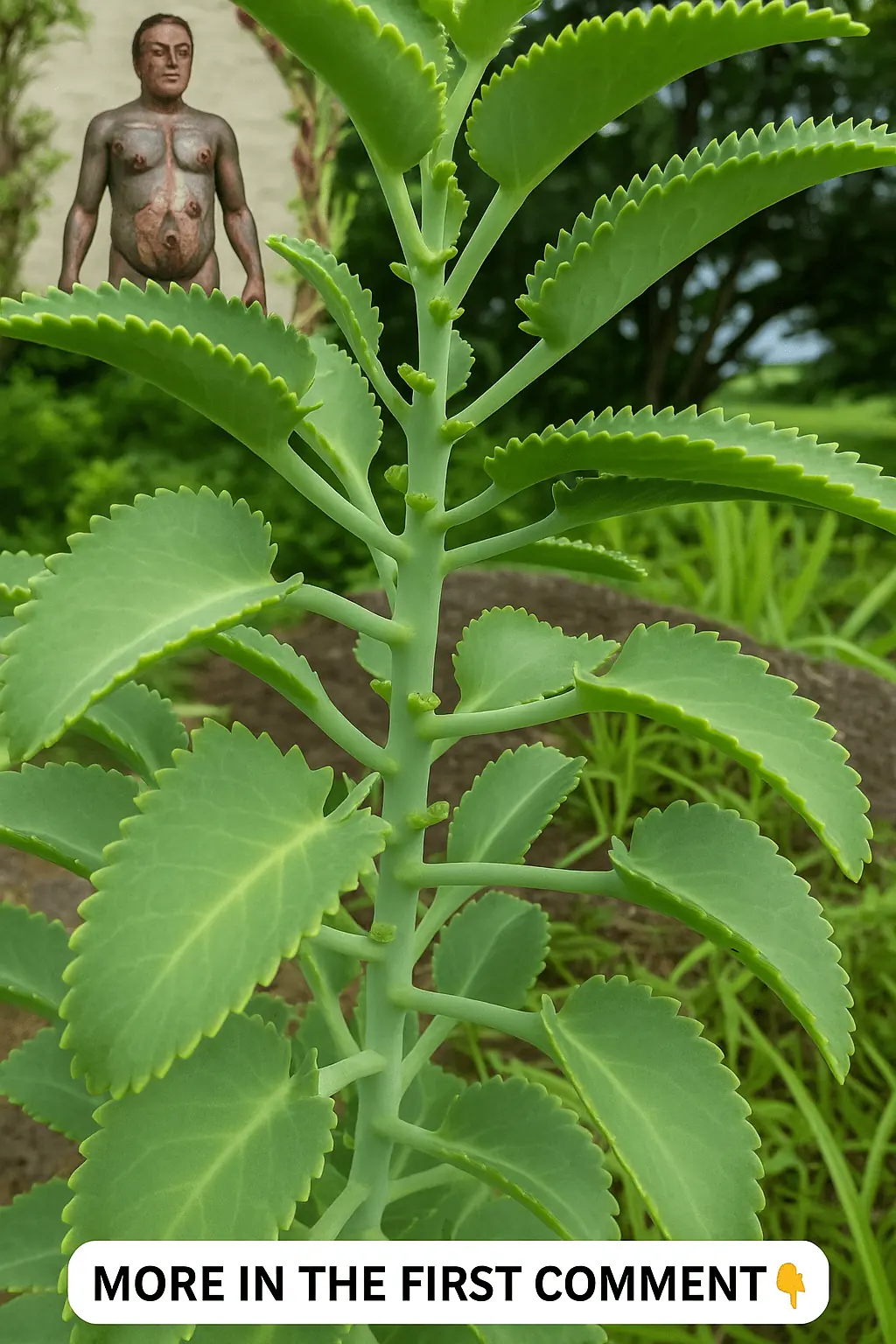
Discover the Hidden Treasure in Your Home: Kalanchoe and Its Medicinal Properties

From Fear to Family: How a Rescued Pig Found Healing Among Farm Friends
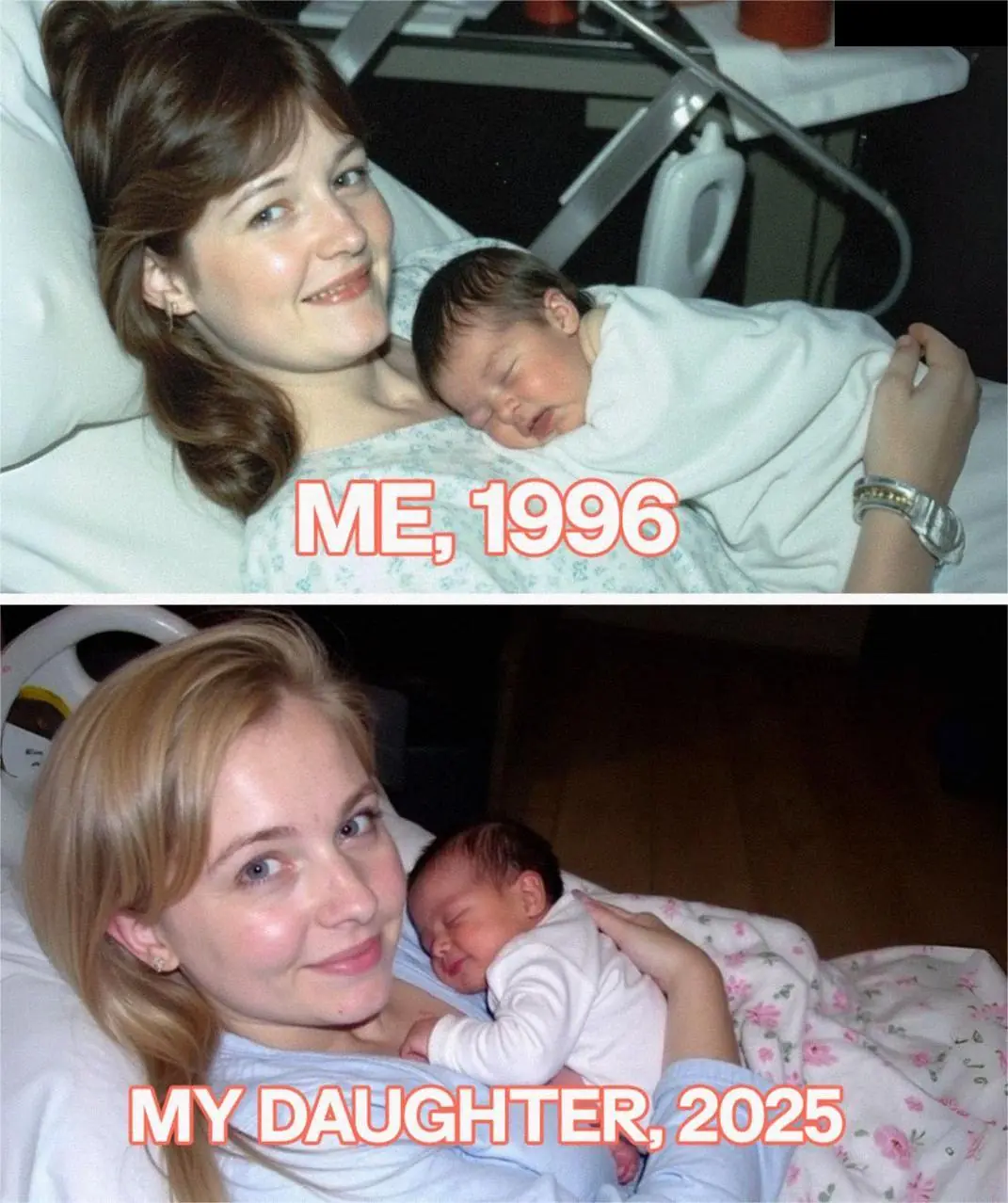
My Daughter Banned Me from Seeing My Grandchild Because Her Husband Doesn't Want 'Single Mom Influence' in Their Home

Even the flies thought he was dead – his amazing recovery will make you cry

More people are dying from heart failure, doctors warn: give up these 4 habits now
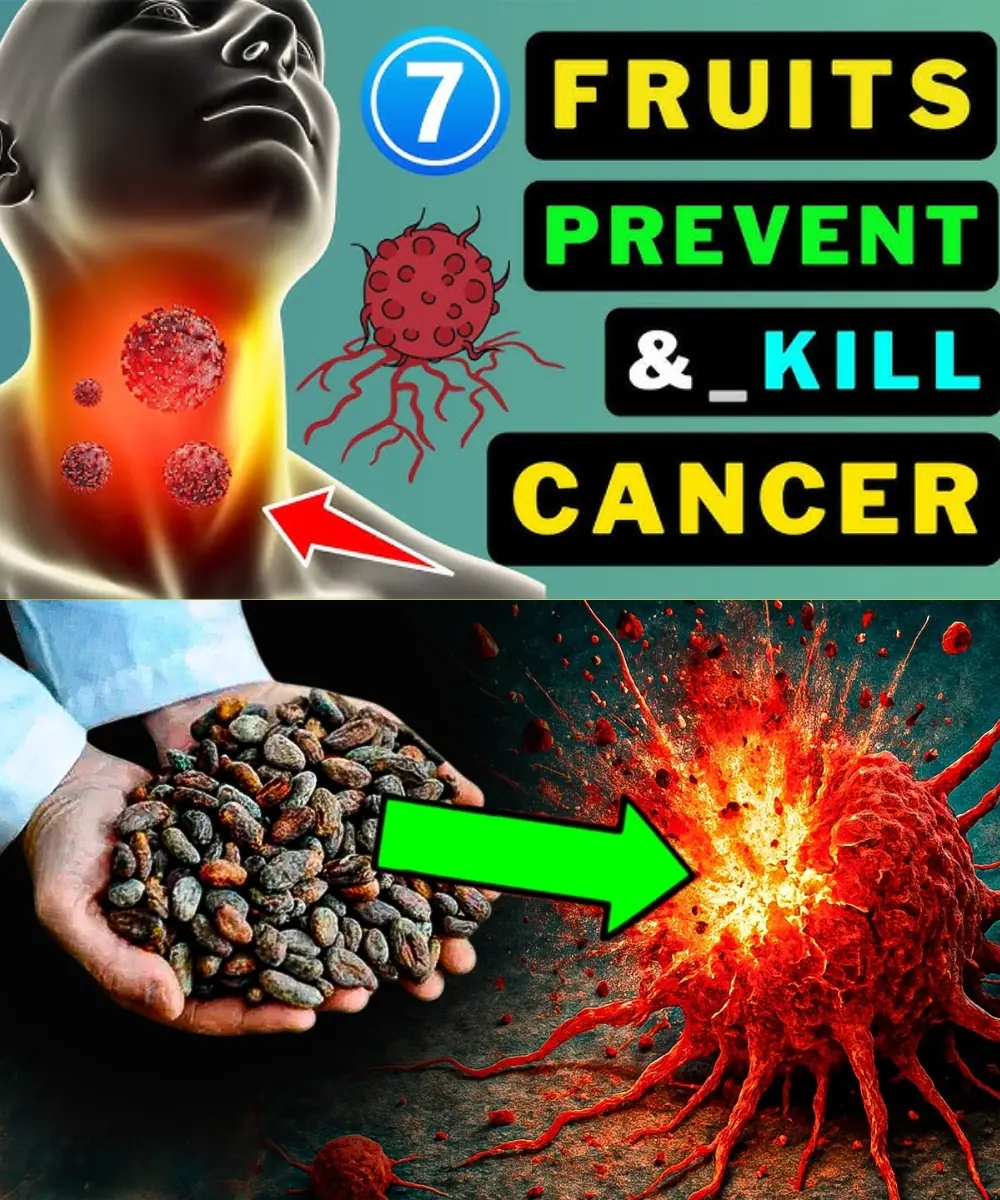
7 Powerful Fruits That May Help Prevent and Fight Cancer

The little girl who fights illness every day but never loses her smile

‘Mutant deer’ with bubble skin sparks outbreak fears in US
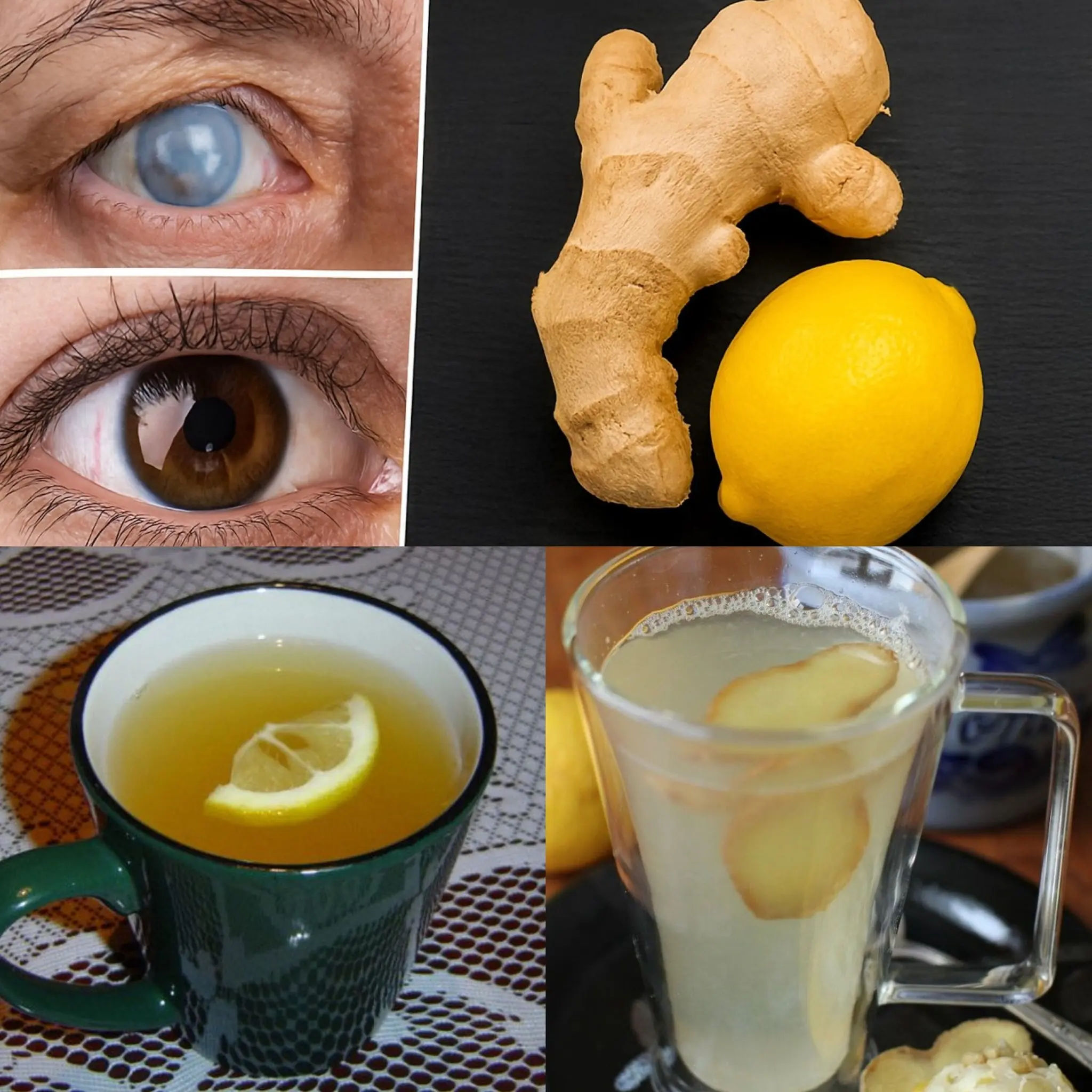
Restore Your Vision Naturally: A Simple Ginger and Lemon Recipe
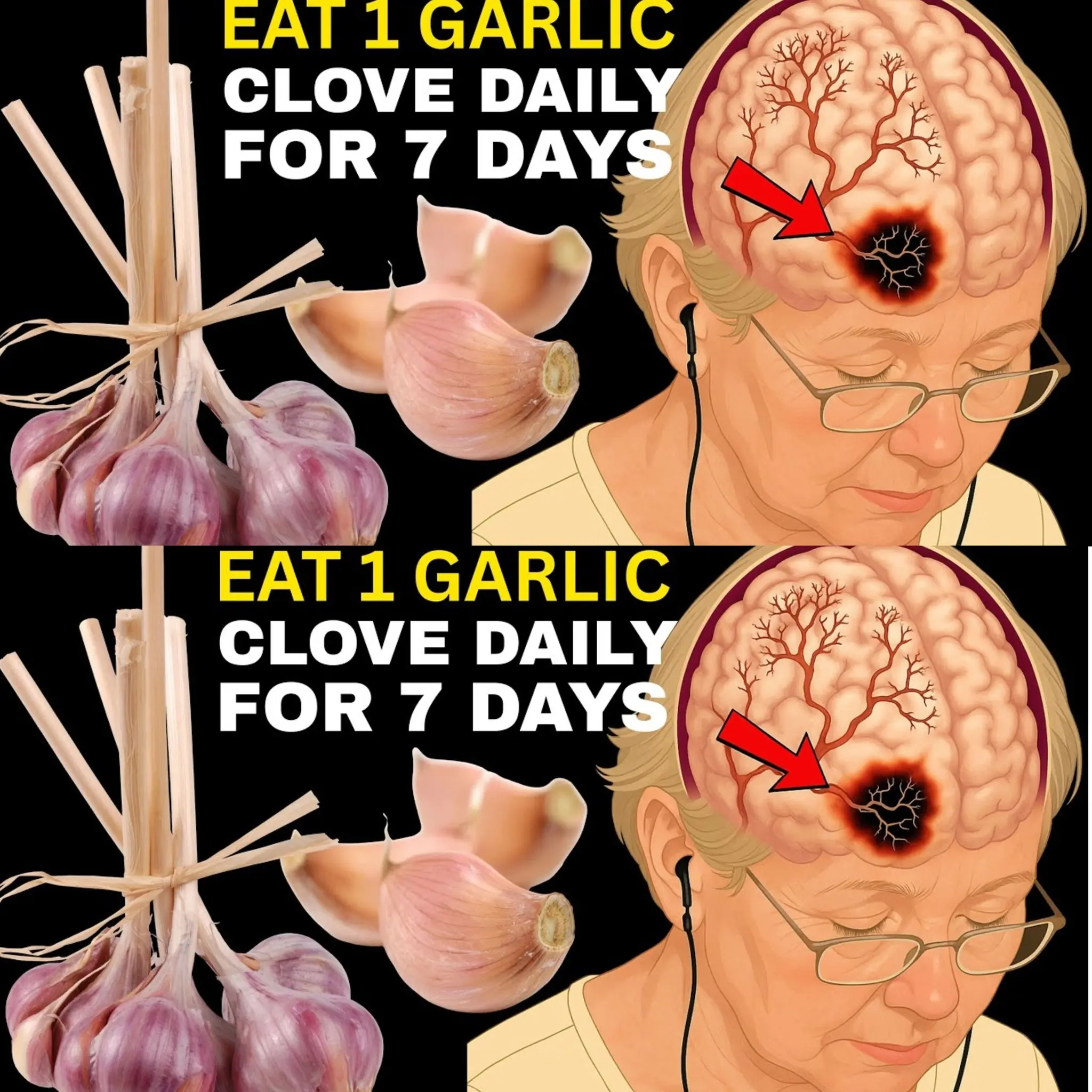
What Really Happens When You Eat One Clove of Garlic a Day for 7 Days
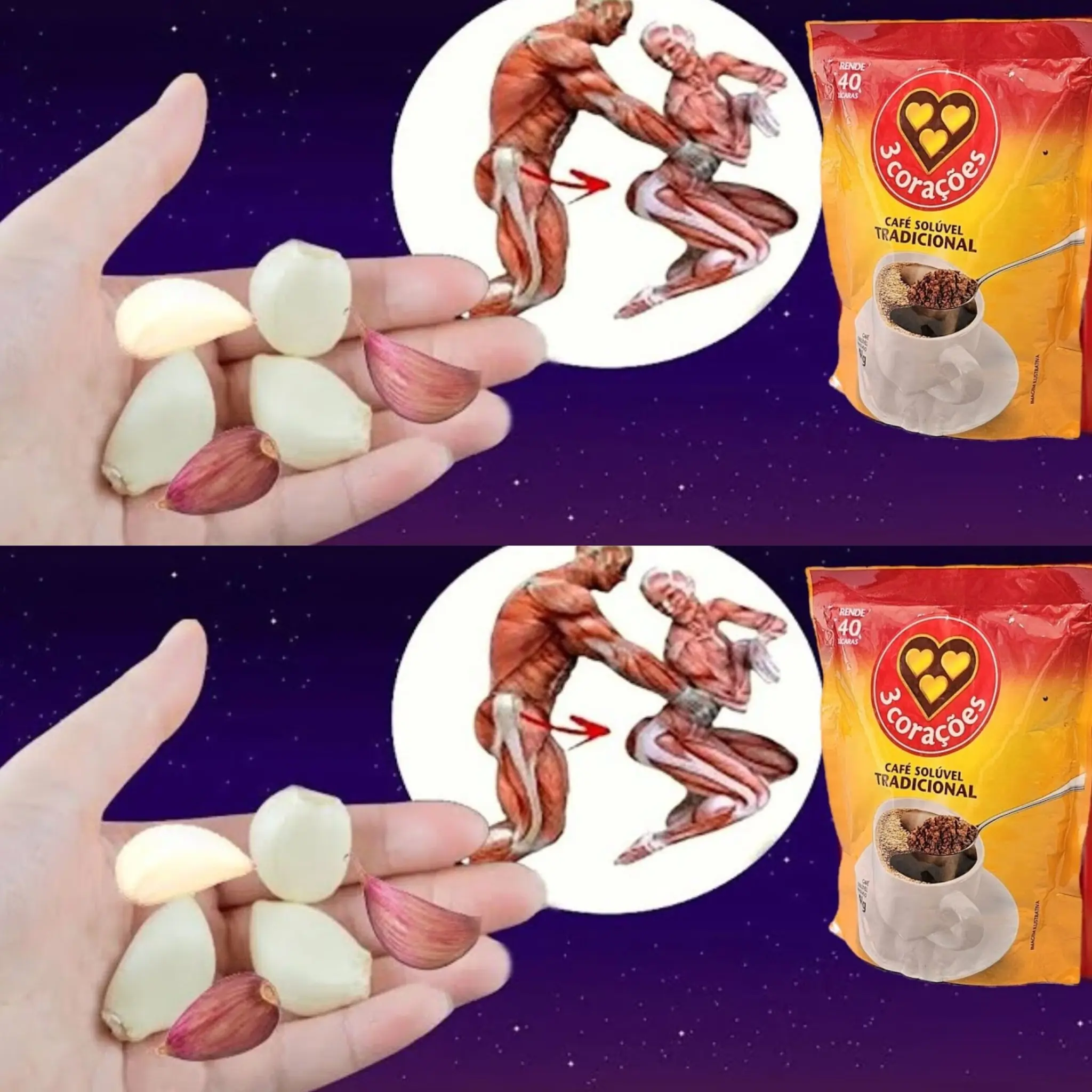
Mix Coffee, Garlic, and Honey and You’ll Be Thankful
